How soy is useful for the body — 9 proven properties
Soy or soybeans are a variety of legumes that are an important component of the Asian diet. Today they are mainly grown in Asia, South and North America.
Beans have a unique composition, contain valuable proteins, fatty acids, vitamins and minerals.
According to some research papers, regular consumption of soy can benefit human health. It is able to prevent a number of the most common diseases and even prevent the appearance of malignant tumors.
Content
9 theses about the benefits of the plant
Below are the 9 main beneficial properties of soy (based on evidence).
1. Rich composition
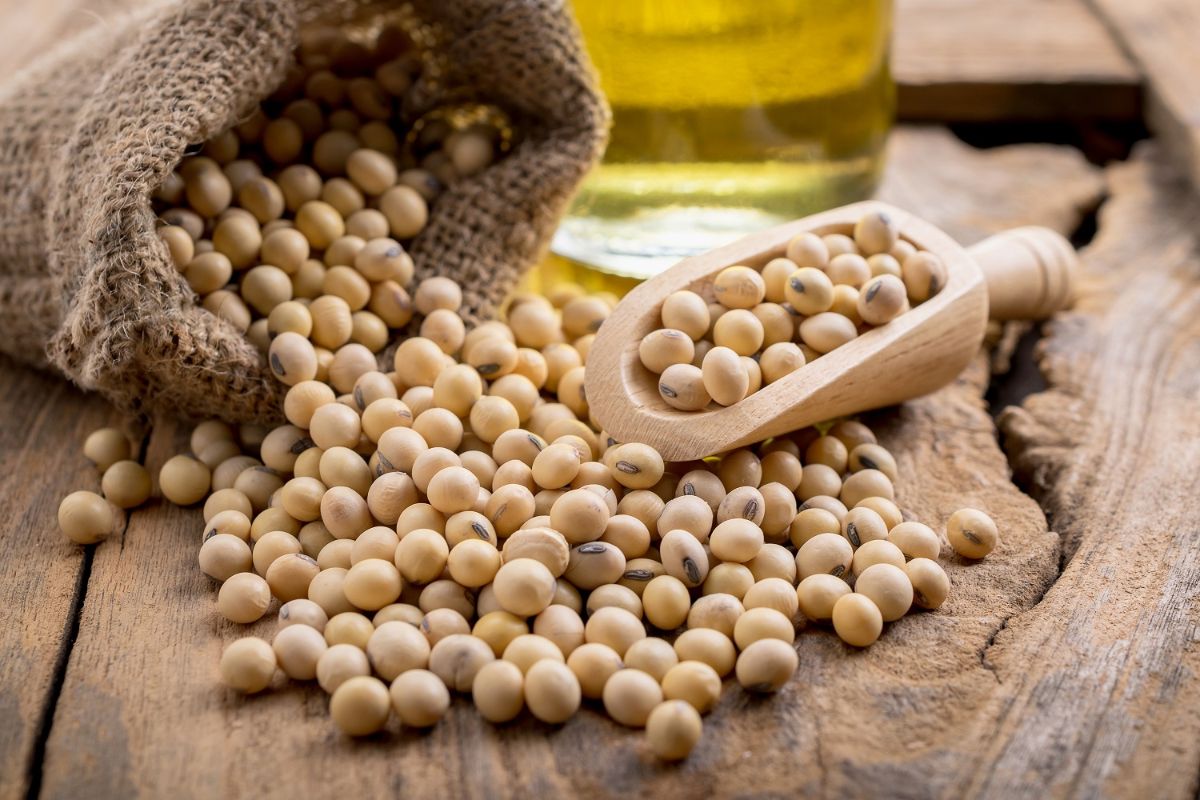
Soybeans are high in calories (about 446 calories per 100 grams) and contain The following nutrients:
| Name of the nutrient | Approximate percentage of daily requirement (per 100 grams) |
| proteins | 49 % |
| fats | 32 % |
| dietary fiber | 68 % |
| Vitamin B1 | 63 % |
| Vitamin B4 | 54 % |
| Vitamin B5 | 35 % |
| Vitamin B6 | 43 % |
| Vitamin B9 | 50 % |
| Vitamin E | 13 % |
| Nicotinic acid | 49 % |
| potassium | 64 % |
| calcium | 35 % |
| magnesium | 56 % |
| phosphorus | 76 % |
| iron | 54 % |
| iodine | 6 % |
| copper | 50 % |
| chrome | 32 % |
| zinc | 17 % |
| Omega-3 fatty acids | 100 % |
Soy has a low glycemic index and can be included in the diet of people with pathologies of the glycemic background (impaired glucose tolerance, type II diabetes mellitus).
As a part of soy, it is especially appreciated soluble and insoluble fiber , which normalizes the motility of the gastrointestinal tract and supports the composition of the microflora of the large intestine.
2. Cancer prevention
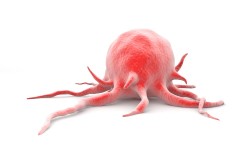 Exists myth
that soybeans increase the risk of breast cancer in women. However, observational foreign studies
demonstrate
inverse relationship. Soy, on the contrary, prevents the development of this disease.
Exists myth
that soybeans increase the risk of breast cancer in women. However, observational foreign studies
demonstrate
inverse relationship. Soy, on the contrary, prevents the development of this disease.
American specialists also discovered the unique ability of soybeans to provide prevention of malignant degeneration of prostate cells in men.
Assumed that the positive effect is based on the effect of isoflavones, lunisine and a number of other compounds that are part of legumes.
3. Relief of menopause symptoms
 After stopping menstruation, women face a number of problems (changes emotional background
, increased sweating, hot flashes) due to a decrease in estrogen production.
After stopping menstruation, women face a number of problems (changes emotional background
, increased sweating, hot flashes) due to a decrease in estrogen production.
Research conducted by Australian experts, show that isoflavones contained in soybeans are able to alleviate these manifestations.
According to information Taiwanese scientists, to achieve the effect, it is enough to consume at least 68 grams of the product every day.
4. Maintaining bone strength
 Osteoporosis or decline Bone tissue density
is a pathological condition affecting the elderly and women after menopause. With osteoporosis, the risk of fractures increases several times, especially the femoral neck.
Osteoporosis or decline Bone tissue density
is a pathological condition affecting the elderly and women after menopause. With osteoporosis, the risk of fractures increases several times, especially the femoral neck.
Consumption of any soy products, according to American scientists, reduces the probability of osteoporosis. Against the background of consumption, the density of the entire skeleton increases, especially the vertebral column and femurs.
Assumed that the positive effect is associated with the presence of isoflavones in the composition, which normalize metabolism in bone tissue, increase the delivery and assimilation of minerals.
5. Prevention of atherosclerosis
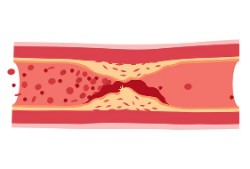 Atherosclerosis is an extremely dangerous abnormality in the body, in which cholesterol crystals are deposited in the walls of arteries, causing a restriction of blood flow and significantly increasing the likelihood of blood clots.
Atherosclerosis is an extremely dangerous abnormality in the body, in which cholesterol crystals are deposited in the walls of arteries, causing a restriction of blood flow and significantly increasing the likelihood of blood clots.
Atherosclerosis is associated with the development of coronary heart disease and myocardial infarction, stroke, chronic cerebral ischemia and other similar diseases.
The pathology is based on an increase in the level of cholesterol and its atherogenic fractions (LDL, VLDL, TAG) in the blood, a decrease in the concentration of beneficial cholesterol (HDL).
Foreign studies show that soybeans are capable of Normalize cholesterol levels in the blood. For example, experts from the USA found that soy reduces LDL and TAG content, slightly raises HDL.
When using only 47 grams of a legume plant, it is observed decline cholesterol by 9.3%, LDL – by 13%.
At the same time, soy products have the highest efficiency, and not beans in their pure form. The main role in the realization of the lipid-lowering effect is played by dietary fiber , which soy is rich in.
6. Improving reproductive health
 Soy is able to improve the health of women who are undergoing infertility treatment or trying to have a child.
Soy is able to improve the health of women who are undergoing infertility treatment or trying to have a child.
Japanese specialists installed that the inclusion of only 6 grams of soy powder in the diet normalizes the menstrual cycle and causes the onset of ovulation within the prescribed time frame.
According to research conducted on the basis of Italian hospitals, detected that women who undergo in vitro fertilization are significantly more likely to become pregnant if they take 1.5 grams of soy phytoestrogen every day.
7. Normalization of the brain
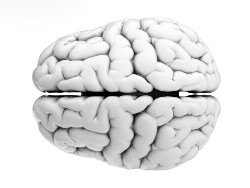 Soybeans are a rich source of zinc and omega-3 polyunsaturated fatty acids. These substances control the work of the central departments of the nervous system
.
Soybeans are a rich source of zinc and omega-3 polyunsaturated fatty acids. These substances control the work of the central departments of the nervous system
.
With the systematic use of beans, according to the data scientists from the UK, neurodegenerative diseases (Alzheimer's disease), as well as disorders of memory, attention and thinking are less common.
Omega-3 fatty acids play an important role in the prevention and treatment of depressive disorders , contribute to increasing the stability of the emotional background.
8. Prevention of autoimmune disorders
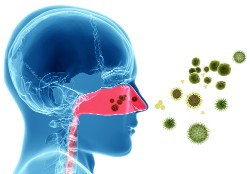 An important role in maintaining functional
activity of the immune system
Omega-3 fatty acids play a role.
An important role in maintaining functional
activity of the immune system
Omega-3 fatty acids play a role.
They are able to reduce the likelihood of the manifestation of a variety of autoimmune disorders (systemic lupus erythematosus, ulcerative colitis, type I diabetes mellitus, rheumatoid arthritis). Similar information is provided by experts from Switzerland and of Norway .
There is convincing evidence regarding a decrease in the incidence of rheumatoid arthritis and multiple sclerosis with the systematic inclusion of soy in the diet.
9. Correction of erection
 Scientists from Italy claim
that proper and nutritious nutrition is a means of preventing and treating erectile dysfunction.
Scientists from Italy claim
that proper and nutritious nutrition is a means of preventing and treating erectile dysfunction.
Soybeans are a unique combination of proteins, fats and a variety of vitamins and minerals. They are an important component of a healthy diet, in which erection problems (including those caused by psychological reasons) are much less common.
Possible harm
 Unfortunately, soy is not as safe for health as it seems at first glance. It has contraindications and can cause harm. The following are the main negative properties of soy consumption:
Unfortunately, soy is not as safe for health as it seems at first glance. It has contraindications and can cause harm. The following are the main negative properties of soy consumption:
- Thyroid depression. High consumption of soy products inhibits the production of hormones T3, T4 and leads to the development of hypothyroidism.
- Dyspeptic disorders. Soybeans rich in fiber , fats and proteins. The described substances, when ingested in excessive amounts, activate the processes of putrefaction and fermentation, which manifests itself in the form of diarrhea, bloating, increased gas discharge.
- Hormonal changes. Soybeans contain a number of substances that have effects similar to estrogens. In men, they can provoke disorders of the intimate sphere, female-type fat deposition, reduce sperm activity and even provoke the development of genital cancer.
- Allergic reactions. They are most often caused by sensitization of the body to soy proteins – glycine and glycine. Allergic reactions are recorded quite rarely and are characterized by a mild course, fatal anaphylaxis is not typical for soybeans.
Rules of selection and preparation
 Soybeans, in most cases, are sold by weight or packaged in plastic bags. It is not recommended to purchase closed packages due to the lack of visual assessment of its condition.
Soybeans, in most cases, are sold by weight or packaged in plastic bags. It is not recommended to purchase closed packages due to the lack of visual assessment of its condition.
Signs of high-quality soy are:
- Absence of otherworldly impurities;
- Oval or rounded shape of beans;
- Grain integrity (without chips, damage, overgrowth);
- Lack of moisture in the bag (the presence of fluid accumulations is a sign of a fungal infection);
- The surface of the beans is shiny and smooth.
Soy is not recommended to be consumed raw. The best cooking option is boiling. The recipe for boiled soy is as follows:
- Rinse the beans thoroughly under running water. Remove any dust, husks, sand.
- Soak the beans in warm water and refrigerate for 7-8 hours. Additionally, salt should be added (1 tsp per 200 grams of beans). It is not necessary to soak the beans at room temperature, fermentation processes may begin.
- Drain the water and rinse the soy thoroughly.
- Pour the beans into an enameled bowl, add water so that it overlaps the top layer of the product. Ratio: 200 grams of beans per 1,000 ml of water.
- Bring the water to a boil and cook until tender over low heat for 2-3 hours.
- Pour the beans into a colander, drain the water.
There are other options for cooking beans: frying in vegetable oils, baking in the oven. Such methods lead to a significant decrease in the useful potential and a change in organoleptic parameters.
In recent years, sprouted soybeans have become widespread. You can buy it in stores or germinate it yourself. Soy sprouts have a similar set of medicinal properties and also need heat treatment (boiling or steaming).
Soybean oil is widely used for cooking.
Conclusion
- Thus, soybeans are a valuable food product, rich in vitamins and minerals, proteins and omega-3 fatty acids.
- With regular inclusion in the diet, soy improves the health of the cardiovascular, reproductive, central nervous, endocrine and musculoskeletal systems; prevents the appearance of malignant neoplasms in the body.
- It is recommended to take a competent approach to taking the product due to the possible risk of side effects, as well as follow all the rules of selection and preparation.





